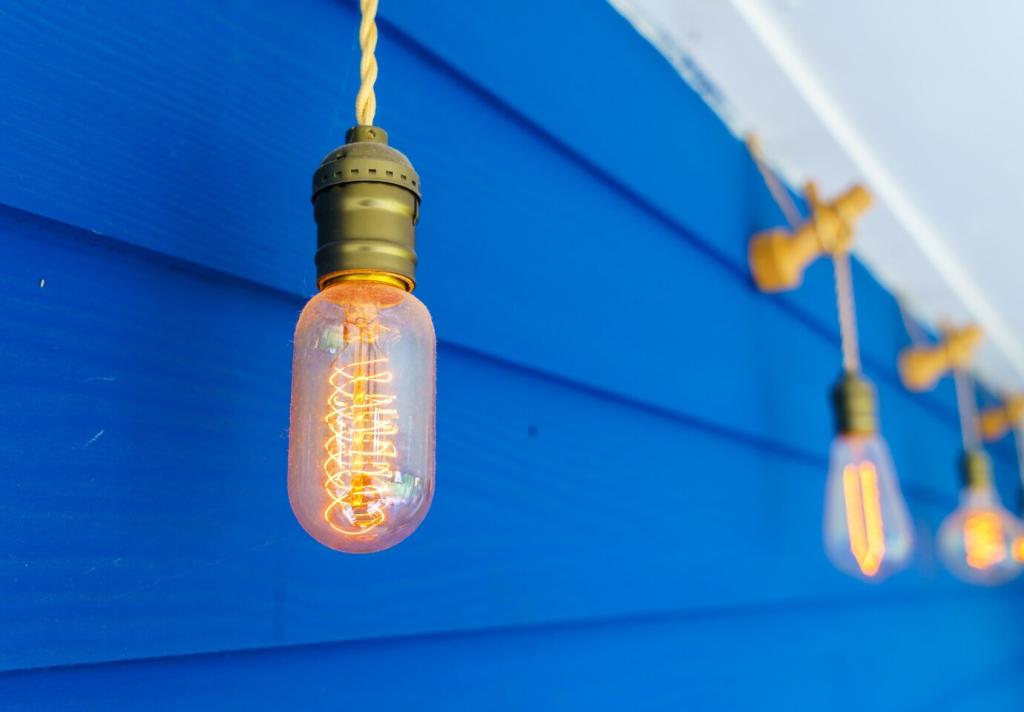Biophilic Lighting: Bringing Nature Indoors
Biophilic lighting is an innovative approach that seeks to bridge the gap between the built environment and the beauty of the natural world. By mimicking natural light patterns, spectra, and rhythms, biophilic lighting design enhances interior spaces, making them healthier, more inspiring, and more in harmony with our innate human connection to nature. This method goes beyond simple illumination, creating dynamic atmospheres that improve well-being, productivity, and overall quality of life for the people who live and work within these environments.
Previous
Next
The Philosophy Behind Biophilic Lighting
At the heart of biophilic lighting lies the understanding that people are intrinsically drawn to nature. This connection influences mood, cognitive function, and even physical health. By simulating aspects of daylight and incorporating organic patterns or movements, lighting designers aim to nurture this bond within indoor environments. Such lighting can replicate the calming effects of sunlight filtering through leaves, or the gentle progression of daylight from dawn to dusk, creating comfort and a deep sense of belonging for occupants.
Key Principles of Biophilic Lighting
Dynamic Light Patterns
Nature’s light is never static—it shifts in color, intensity, and direction throughout the day. Successful biophilic lighting mimics these dynamic patterns, offering changes in brightness, warmth, and shadow that correspond to natural circadian rhythms. This variation not only keeps spaces visually interesting but also supports alertness and relaxation at appropriate times, just as daylight would. By internalizing the natural ebb and flow of light, people experience a subtle sense of connection to the outdoors, even inside.
Mimicking Daylight Spectra
The spectrum of natural sunlight varies considerably as the day progresses, influencing mood and physiological processes like melatonin production. Biophilic lighting incorporates advanced technologies to reproduce these shifts—cooler temperatures in the morning to boost productivity, and warmer hues in the evening to promote winding down. By closely matching these natural spectral changes, biophilic lighting supports both biological health and emotional comfort, fostering indoor atmospheres that feel more grounded and natural.
Integration with Living Elements
True biophilic lighting does not merely resemble natural light; it often interacts with actual living elements such as indoor plants, water features, or natural materials. Lighting designed to highlight, nurture, or accentuate greenery further enhances the sensory experience, deepening the occupant’s relationship with nature. The synergy between real vegetation and thoughtfully designed illumination transforms interiors into lush, restorative havens that inspire awe and tranquility.

Residential Spaces
In homes, biophilic lighting can mimic the gentle fluctuations of daylight, creating inviting and nurturing atmospheres for rest, work, and socializing. Smart lighting systems adjust color temperature and intensity in sync with natural cycles, supporting sleep hygiene and daily routines. The result is a living environment that feels more open, alive, and attuned to the needs of its inhabitants, even in compact urban settings where access to outdoor spaces may be limited.

Workplaces and Offices
The workplace is a prime beneficiary of biophilic lighting, as employees increasingly seek environments that foster well-being and productivity. Dynamic lighting systems can replicate circadian patterns, combatting the fatigue and stress often associated with artificial environments. They contribute to higher levels of concentration, creativity, and job satisfaction by offering visual comfort and a subtle, ongoing connection to the changing rhythms of the natural world.
